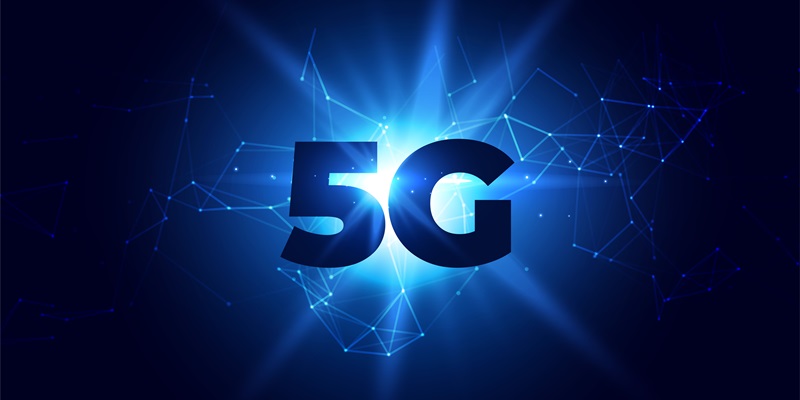As technology continues to evolve, 5G emerges as a game-changer that promises to revolutionize advanced media technology. With its ultra-fast speeds, low latency, and massive device connectivity, 5G has become the centerpiece of technological advancements, poised to reshape the way we consume and create media content.
Ultra-fast speeds and low latency are promises of 5G that hold immense potential for advanced media technology. With 5G, streaming high-definition videos, playing immersive online games, and downloading large media files will become almost instantaneous. Gone will be the buffering and lag that hamper our media experiences, replaced by seamless and uninterrupted content consumption.
Real-Time Interactions and Seamless Experiences
One of the most compelling aspects of 5G is its ability to enable real-time interactions and seamless experiences. This is particularly evident in activities such as online gaming, virtual reality, and video conferencing. With 5G, gamers will experience minimal latency, leading to faster response times and enhanced multiplayer experiences. Virtual reality enthusiasts will immerse themselves in virtual worlds with reduced motion sickness, thanks to low latency provided by 5G. Additionally, video conferencing will become incredibly immersive, allowing for clearer, more natural interactions regardless of physical location.
Massive Device Connectivity and IoT Potential
The Internet of Things (IoT) is set to thrive in the 5G era, as 5G can support a tremendous number of devices simultaneously. This connectivity potential expands the reach of media technology within the IoT. From smart homes to smart cities, 5G empowers devices to seamlessly communicate and provide innovative media experiences.
Enhancing Streaming Services
Streaming services have experienced tremendous growth in recent years, and 5G’s high speeds and low latency are a boon for these platforms. 5G ensures uninterrupted content consumption by eliminating buffering and reducing load times. This drives content creators to produce higher quality and more immersive content, further enriching the streaming experience for consumers.
Empowering Remote Collaboration for Media Professionals
In the 5G era, media professionals can take advantage of high-speed, low-latency connections to engage in real-time remote collaboration. This means that teams can work together seamlessly, regardless of their physical location. Whether it’s editing videos, designing graphics, or co-producing content, 5G enables professionals to collaborate in real time, increasing efficiency and productivity in the media industry.
Boosting User-Generated Content
With 5G, content creators can upload, download, and share their work at unprecedented speeds. This significant improvement in data transfer speeds paves the way for an increase in user-generated content. From vlogs to podcasts to social media, 5G empowers individuals to create and share their own media content, fostering a more diverse and engaging online landscape.
Innovation in Advertising
The advent of 5G is driving innovation in the advertising landscape. With its fast speeds and low latency, 5G facilitates more interactive and engaging ads that captivate audiences. Additionally, 5G enables precise location-based targeting, allowing advertisers to deliver personalized content to a specific audience at the right time and place, further enhancing the effectiveness and impact of advertising campaigns.
5G is truly a game-changer in the realm of advanced media technology. Its ultra-fast speeds, low latency, and massive device connectivity have the power to reshape how we consume and create media content. From streaming services to remote collaboration and advertising, the possibilities for innovation and advancement are endless. As the world embraces 5G, the future of advanced media technology looks bright, promising a more immersive, seamless, and personalized media experience for all.

